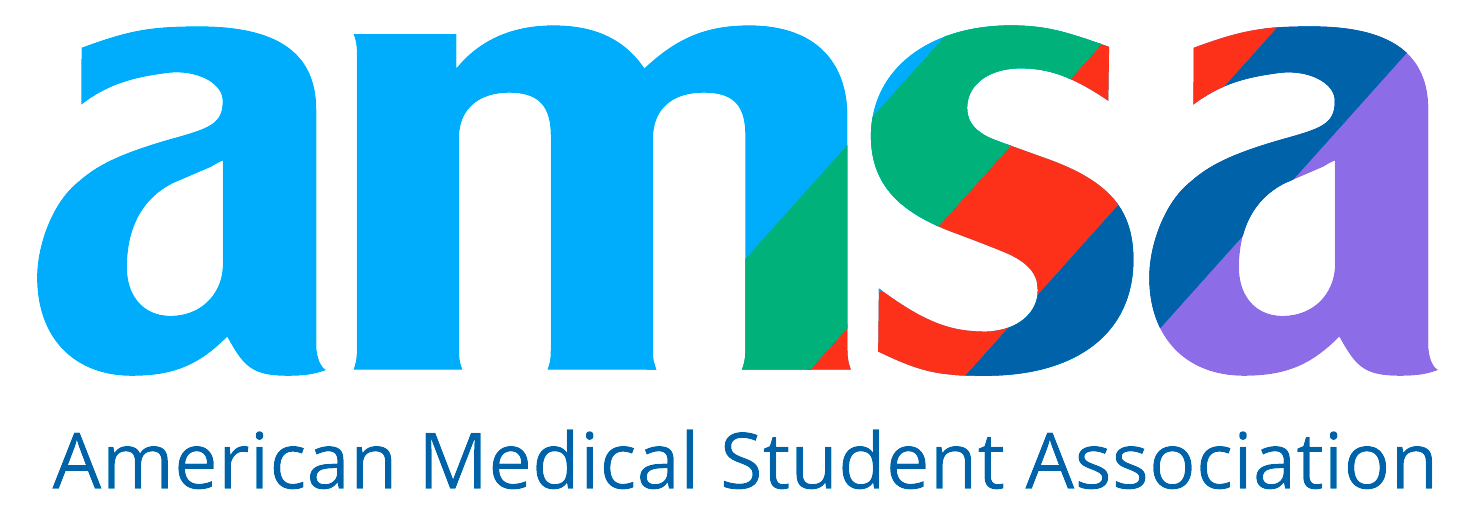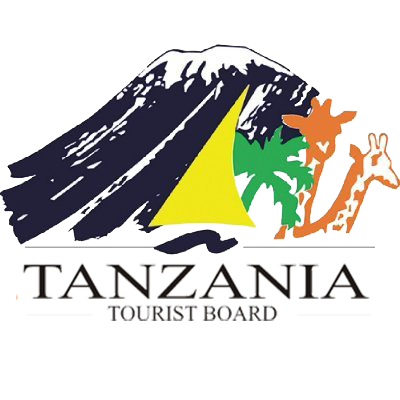2025 ERAS Residency Application Guide: Timeline, Tips & FAQs
Go-Elective Abroad
2025 ERAS Residency Application Guide: Timeline, Tips & FAQs
Applying for residency is one of the most important steps in your medical education. By now, you've completed rigorous coursework, clinical rotations, and countless hours of preparation. As you approach the final stretch, the Electronic Residency Application Service (ERAS) will become your central platform for matching into a residency program that aligns with your career goals.
This step-by-step guide breaks down the entire ERAS process—from creating your CV to preparing for Match Day.
ERAS Timeline for the 2025 Residency Application Cycle
Third Year of Medical School (September–August)
- Build Your CV Early: Start crafting your CV with a detailed account of clinical experiences, research, leadership roles, and publications.
- Research Specialties: Review specialty competitiveness and match outcomes using AAMC resources and historical match data.
- Explore Residency Programs: Investigate program structures, locations, and curriculum using FREIDA and official program websites.
Fourth Year of Medical School (September–March)
- Submit ERAS: September 5 is when you can certify and submit your application. Program review begins September 15.
- Register with NRMP: You must also register separately with the National Resident Matching Program (NRMP).
- Schedule USMLE Step 2: Book early to secure your preferred date and location.
- Interview Season: Most interviews occur October–January.
- Rank Order List: Submit your list in January–February.
- Match Day: Celebrate your results in March!
Looking to strengthen your application before applying? Explore Go Elective’s global medical internships to gain real-world experience and stand out in competitive specialties.
Key Components of a Strong ERAS Application
Curriculum Vitae (CV)
Your CV should highlight:
- Academic history
- Research, publications, and presentations
- Clinical experiences
- Certifications and awards
- Language proficiencies and technical skills
Keep it concise and relevant to your desired specialty.
Letters of Recommendation (LORs)
- Aim for 3–4 strong letters, ideally from faculty in your intended specialty.
- Provide your letter writers with your CV and personal statement.
- Do not exceed a program’s maximum LOR allowance—quality over quantity.
Personal Statement
Your personal statement is your chance to:
- Share your motivations for pursuing a specific specialty
- Highlight experiences not fully captured in your CV
- Communicate your career goals and values
Keep it to one page (600–800 words) and avoid clichés. Proofread thoroughly.
Navigating ERAS Step by Step
Step 1: Confirm Program Participation
Use the AAMC ERAS Program Directory to confirm that your desired programs are accepting applications for the current cycle.
Step 2: Get Your ERAS Token
Request your token from your med school’s Registrar or Career Center. You’ll need this to access MyERAS.
Step 3: Register on MyERAS
Once you have your token, visit the MyERAS portal to begin registration. Complete the personal details, set up your AAMC ID, and upload a professional photo.
Step 4: Complete Your Application
- Fill in your educational background, experiences, certifications, and demographics.
- Certify and submit your application—this is a final submission, so review carefully!
Step 5: Upload Your Documents
Required documents include:
- Personal Statement
- LORs (assigned to each program individually)
- Medical school transcripts
- MSPE (uploaded by your Dean’s Office)
- Photo (professional and passport-style)
Optional but often required:
- USMLE/COMLEX transcripts
- ECFMG status (for international applicants)
Step 6: Select and Assign Programs
- Use the Programs tab in MyERAS to search and apply by specialty or location.
- Assign specific personal statements and LORs to each program.
- Once submitted, you cannot withdraw an application, but you can request a program to mark it as withdrawn.
Step 7: Payment and Fees
- Pay your application fees through MyERAS before your applications are sent.
- Keep a copy of your receipt for financial records.
Step 8: Monitor Your Application
Use the Message Center and Programs Applied To section to track communications and status updates.
Step 9: Add More Programs (If Needed)
You can apply to additional programs anytime throughout the season by repeating the program selection and payment steps.
Step 10: Keep Your Profile Updated
Always keep your contact info, ECFMG status, and visa information current throughout the season.
Interviewing, Ranking, and Match Day
Preparing for Interviews
- Schedule your top-choice interviews in the middle of your season for peak performance.
- Practice with mock questions and research each program in detail.
- Dress professionally, and remember to follow up with a residency letter of intent to reinforce your interest if applicable.
Ranking and Matching
- Rank all programs where you’d genuinely accept a position.
- Submit your Rank Order List to NRMP before the February deadline.
- On Match Week Monday, you'll learn whether you matched. If unmatched, you can participate in SOAP (Supplemental Offer and Acceptance Program).
Post-Match
Matched? Congratulations! Use the months before your program begins to rest, reset, and get ready for the next chapter.
Common ERAS FAQs
How many LORs can I submit?
You may upload unlimited LORs but can assign up to four per program.
Can I update my personal statement after submission?
No. Once submitted to a program, a personal statement cannot be edited for that program.
Is the MSPE the same as a letter of recommendation?
No. The Medical Student Performance Evaluation is a separate document uploaded by your school and does not count as an LOR.
Can I apply to programs outside of ERAS?
Yes. If a program is not using ERAS, reach out directly for their application procedures.
Does ERAS register me for NRMP?
No. You must register separately for the Match via NRMP.
When does the ERAS cycle end?
ERAS closes in May, but individual program deadlines vary—check each one carefully.
Final Thoughts: Make ERAS Work for You
The ERAS residency application process is long—but with the right strategy and resources, you can approach it with confidence. Review timelines, start early, and be methodical with your submissions. Each piece of your application—from your CV to your LORs—plays a critical role in helping programs see your potential.
Still in the early stages of your journey? Go Elective's international internships can help you build clinical experience, boost your confidence, and develop the global health perspective that residency programs value. Apply here.
Article Details
Categories
Recent Articles , Pre-health, Medical Electives, PA Internships, Med Schools, Residency,
Author: Go-Elective Abroad
Date Published: Sep 7, 2025
Travel with us.
Inquire Today!
Go Elective offers immersive opportunities for medical students, pre-med undergraduates, residents, nursing practitioners, and PAs to gain guided invaluable experience in busy hospitals abroad. Discover the power of study, travel, and impact.






